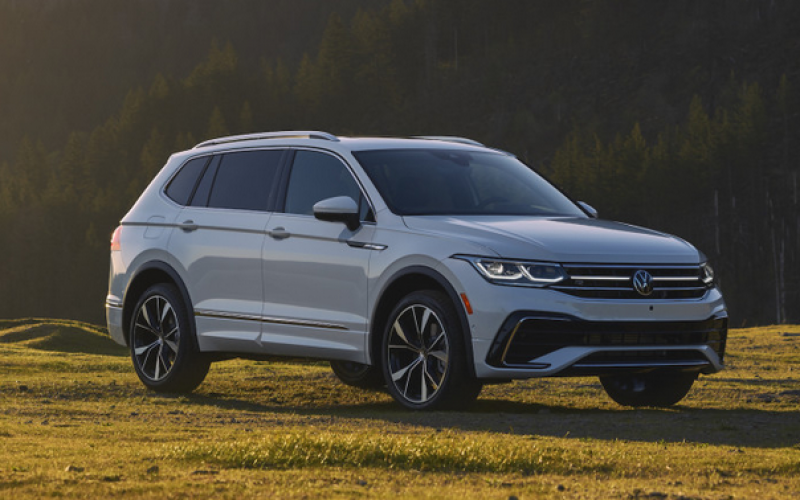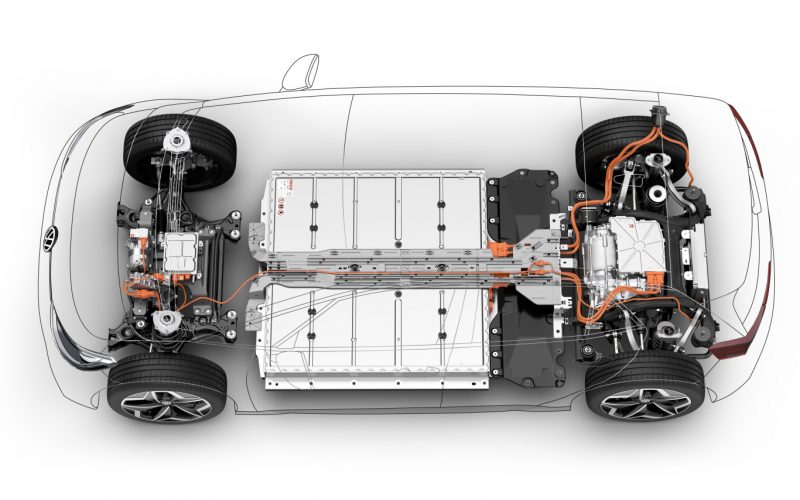
Reading Time: 3 minutesRegarding compact SUVs, it’s often difficult to find that sweet spot between utility and style, fuel

Reading Time: 2 minutesThe wave of electric vehicles (EVs) is steadily cresting, promising more sustainable transportation. While many are
© 2025 The Car Magazine. All Rights Reserved, Privacy Policy | Terms of Use